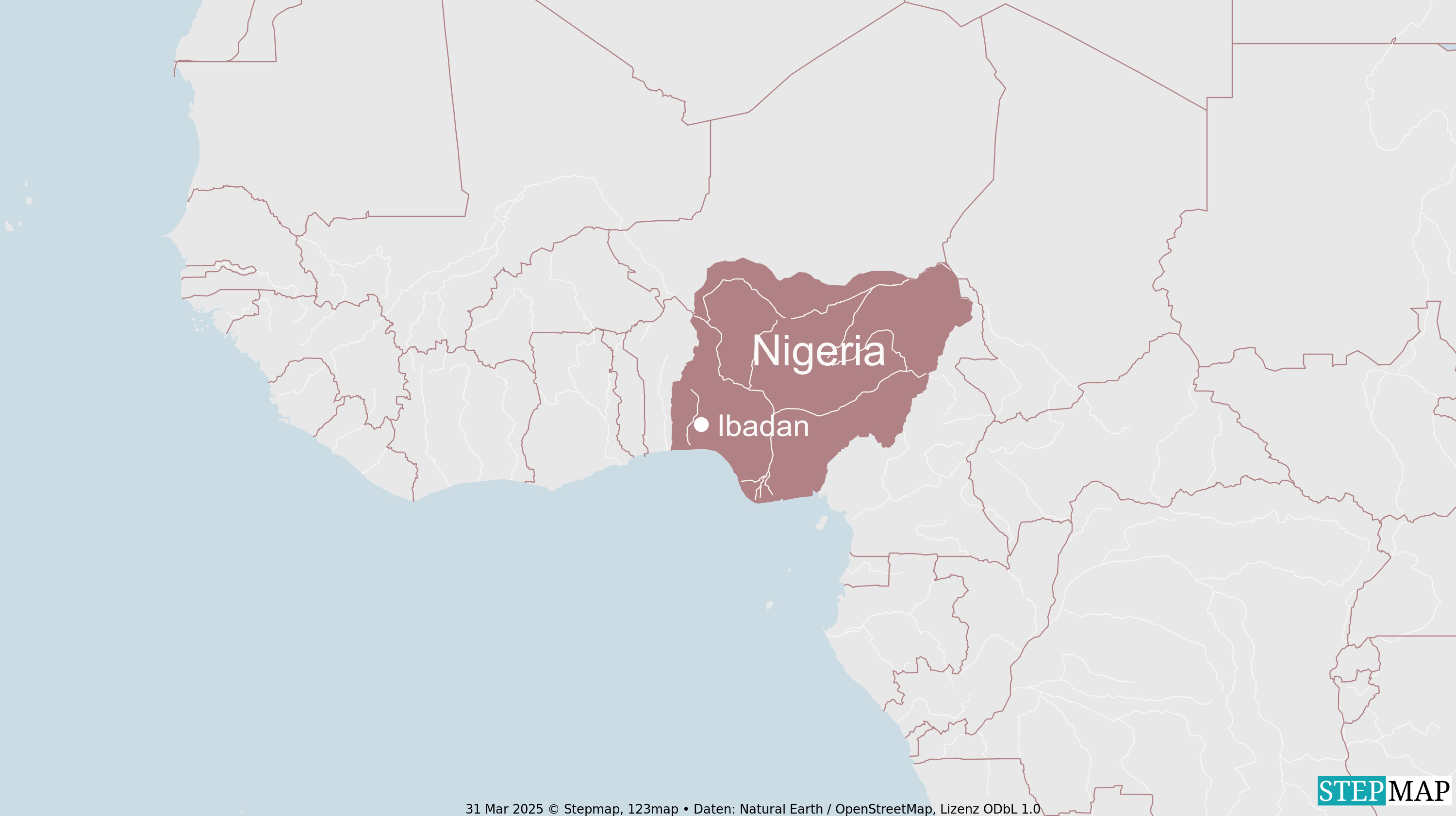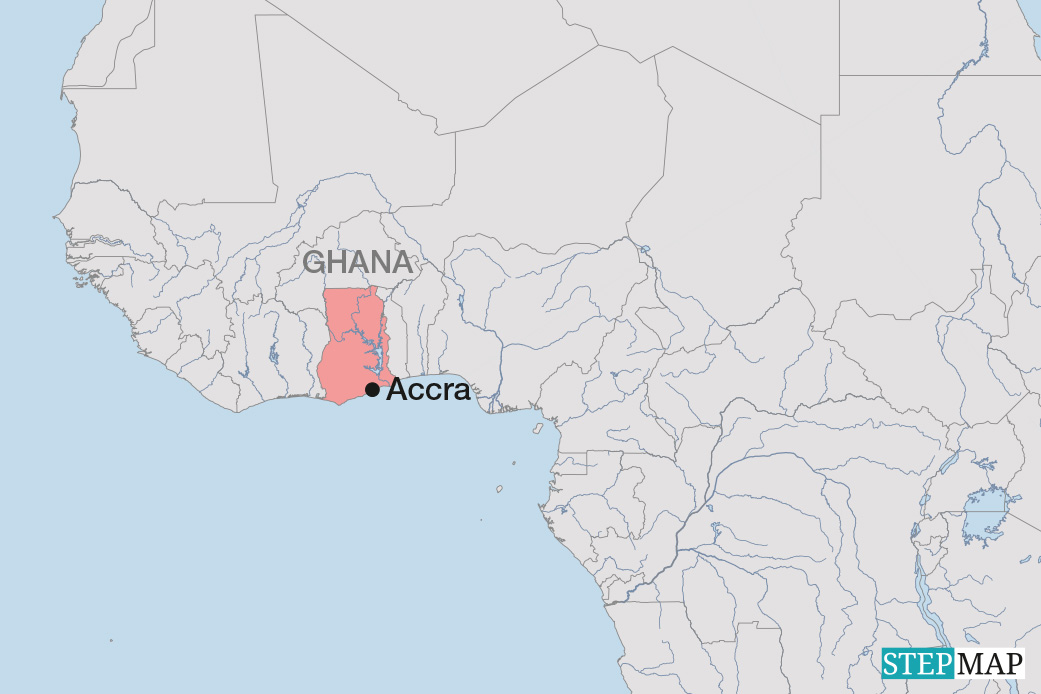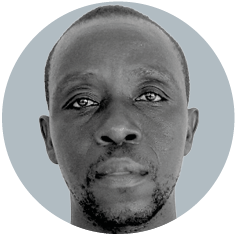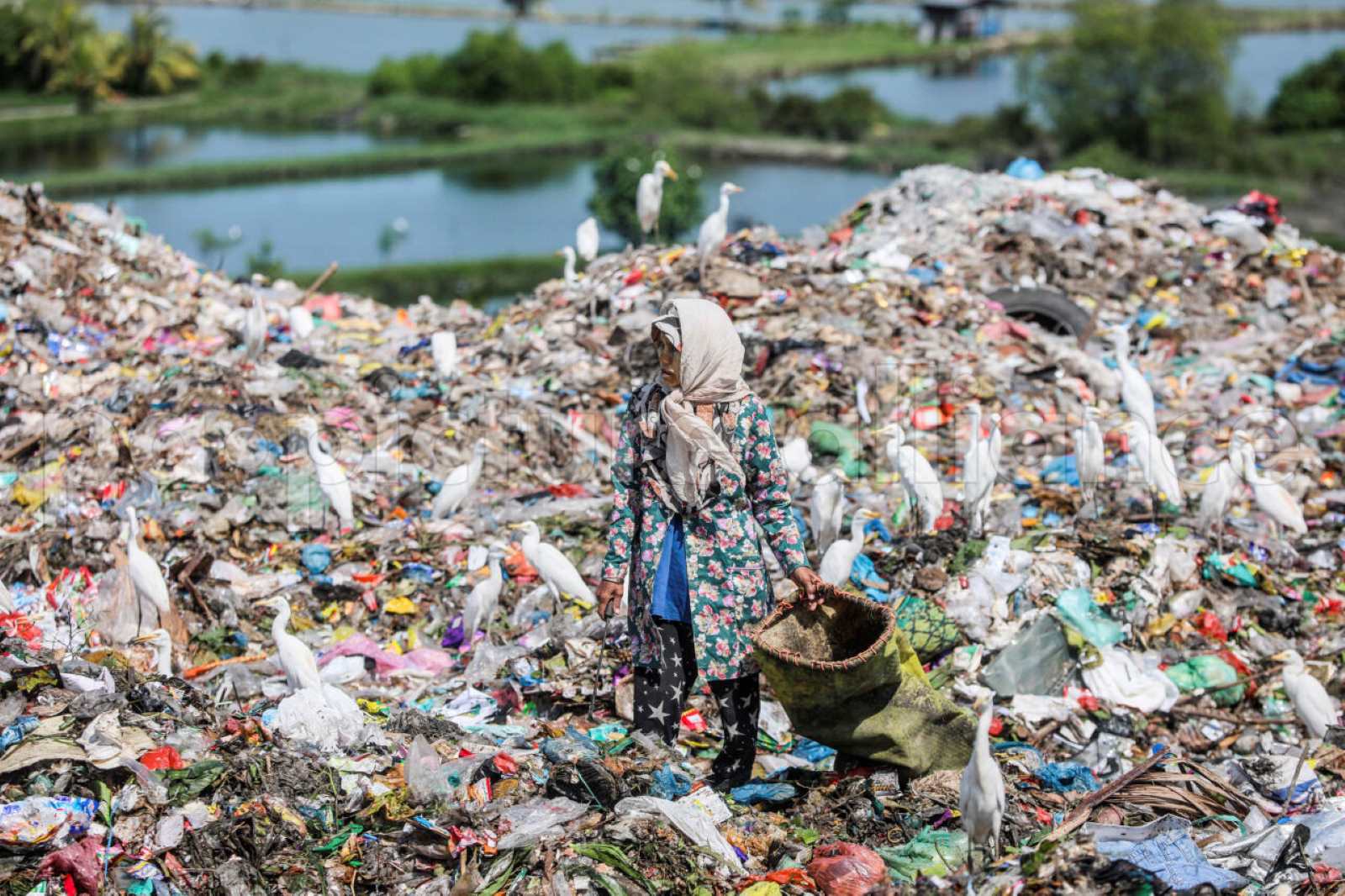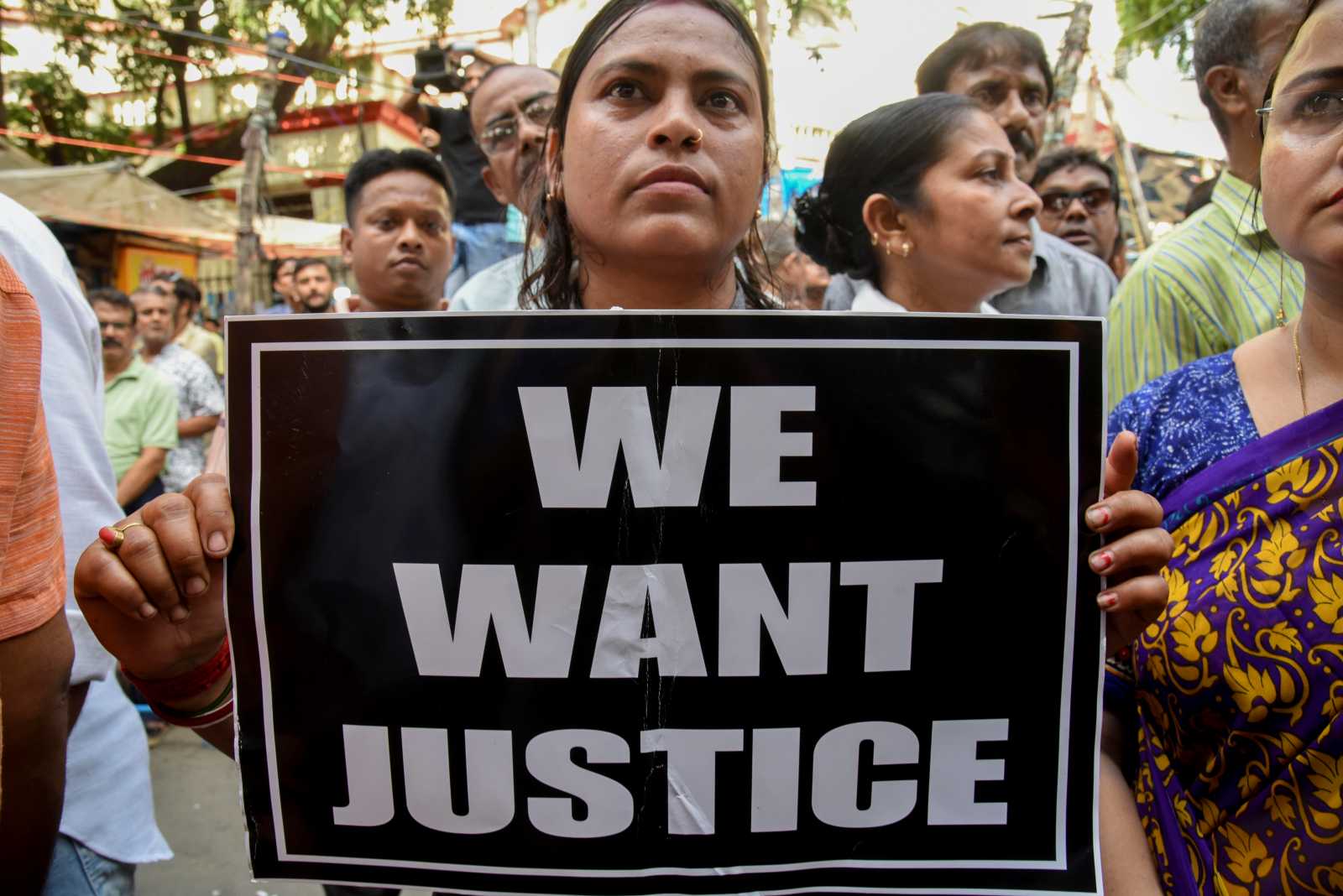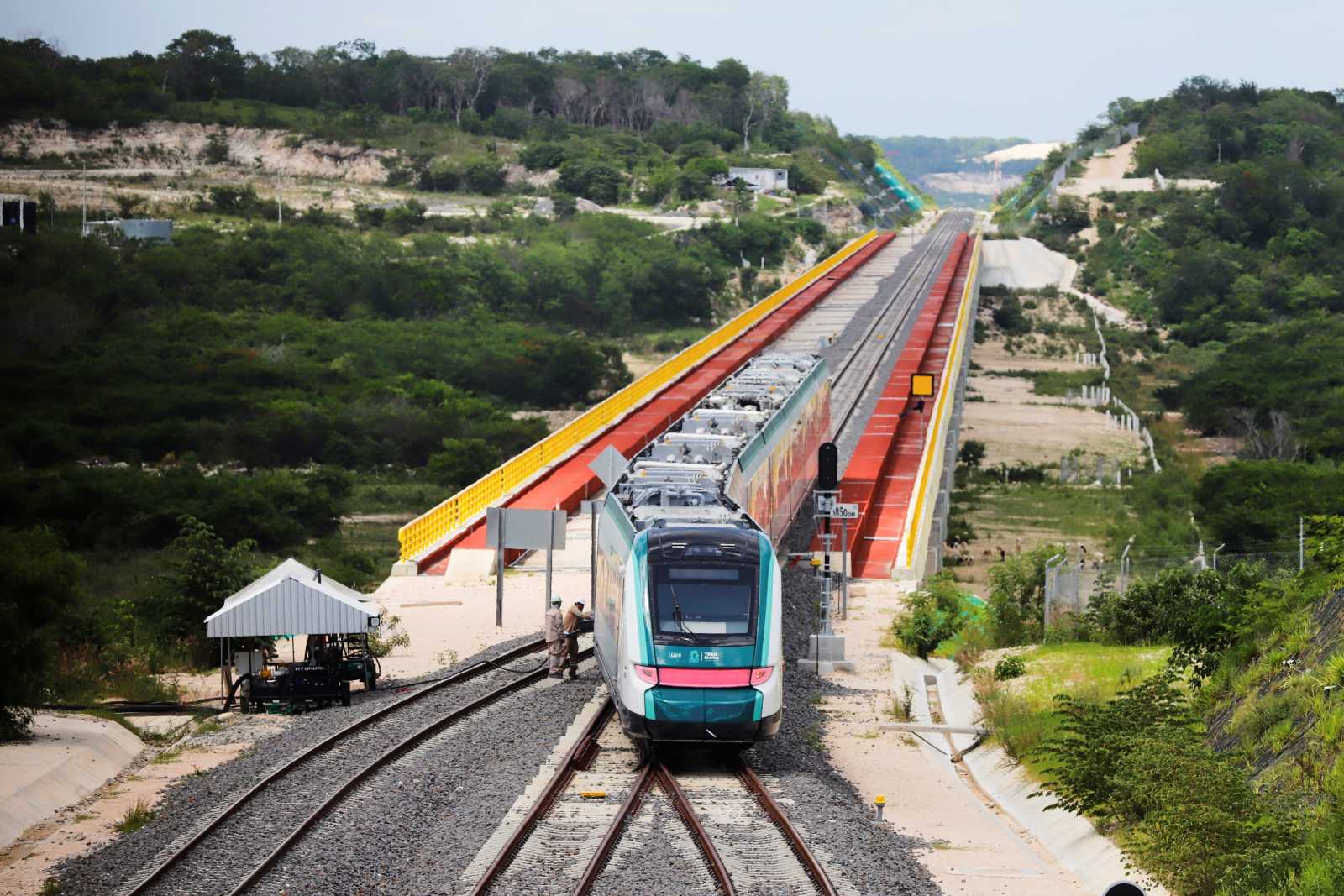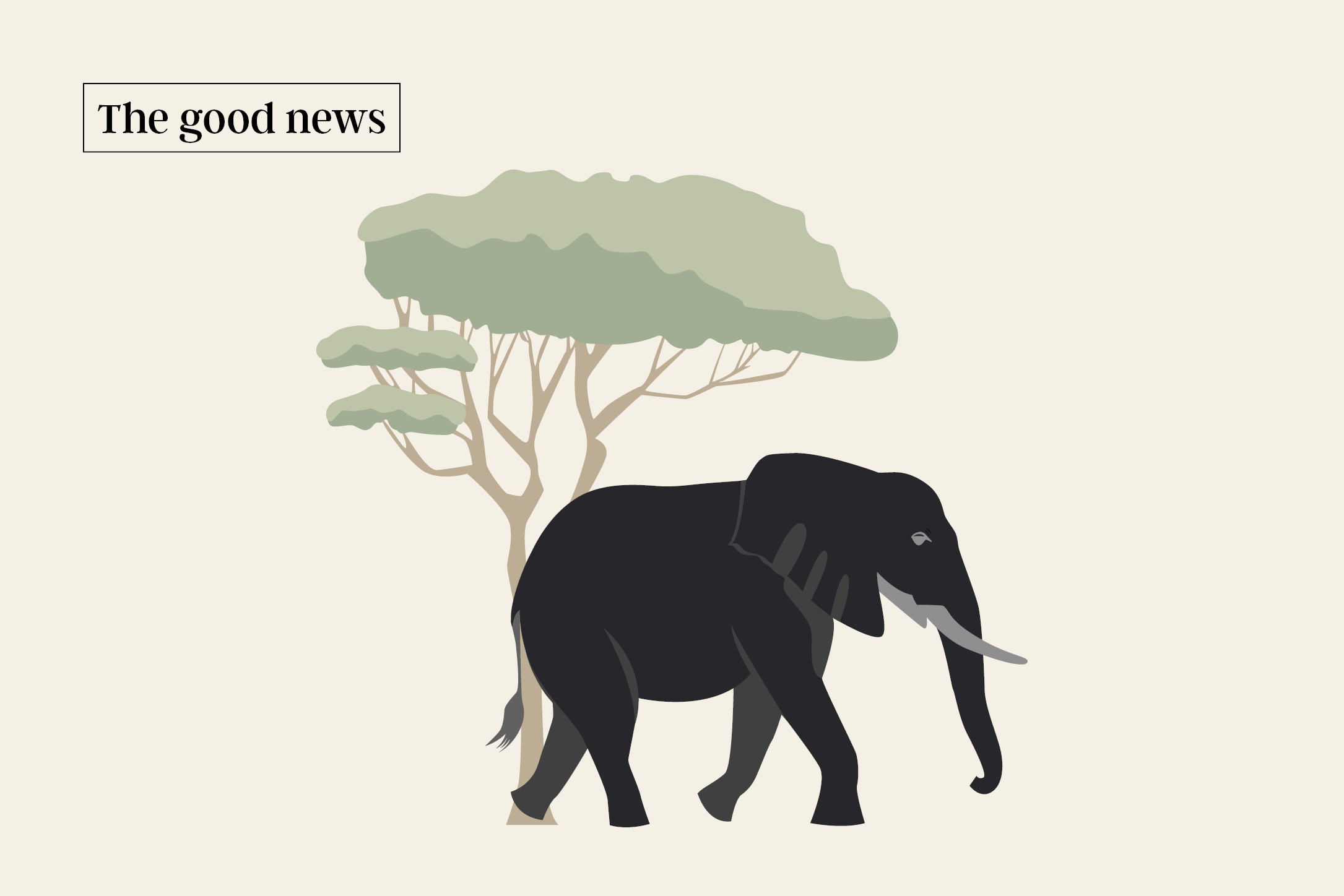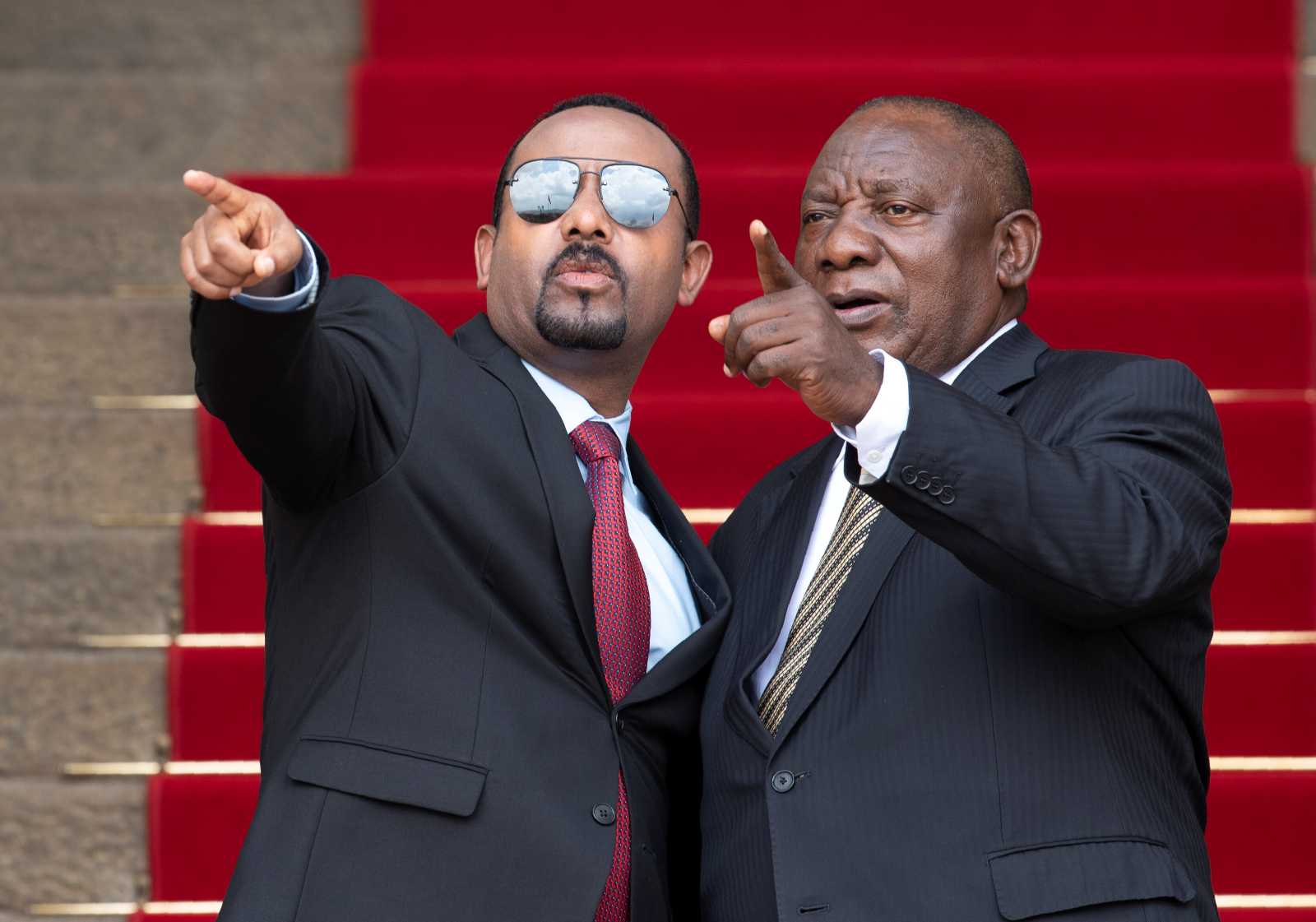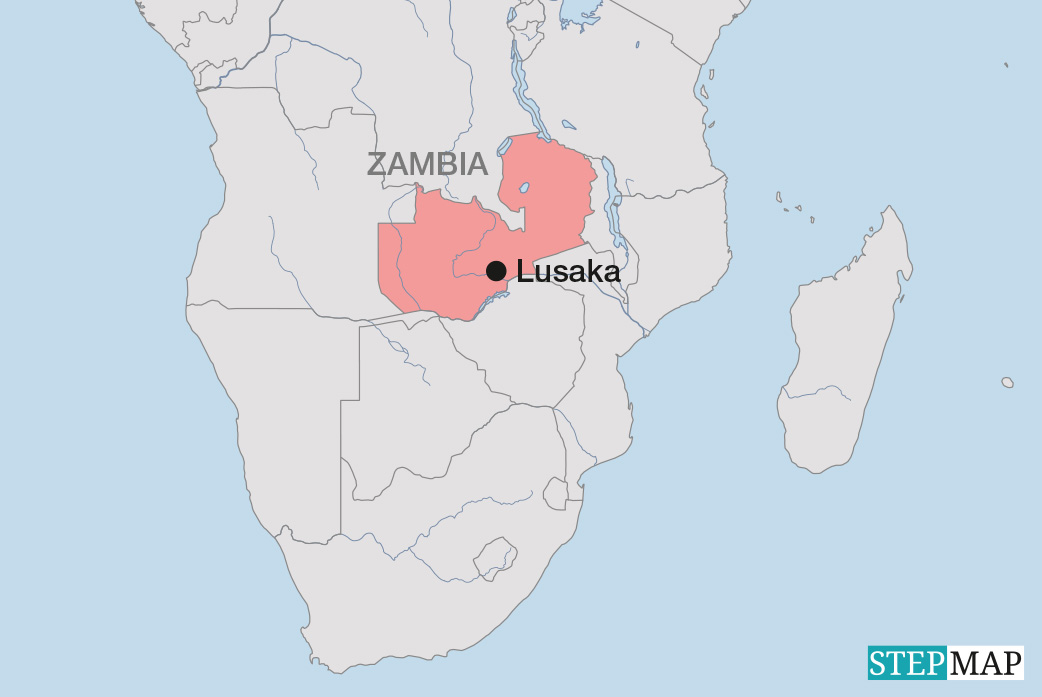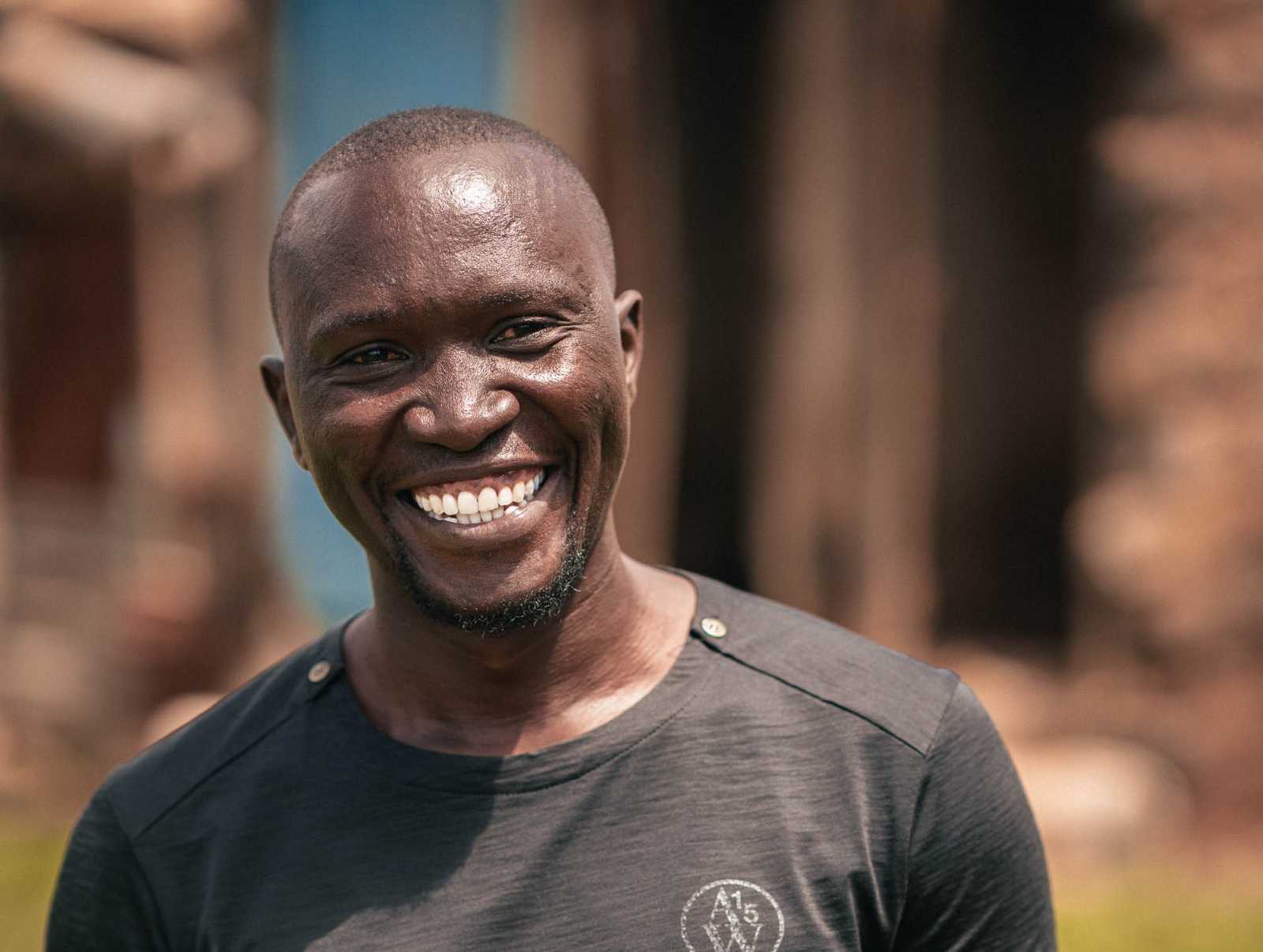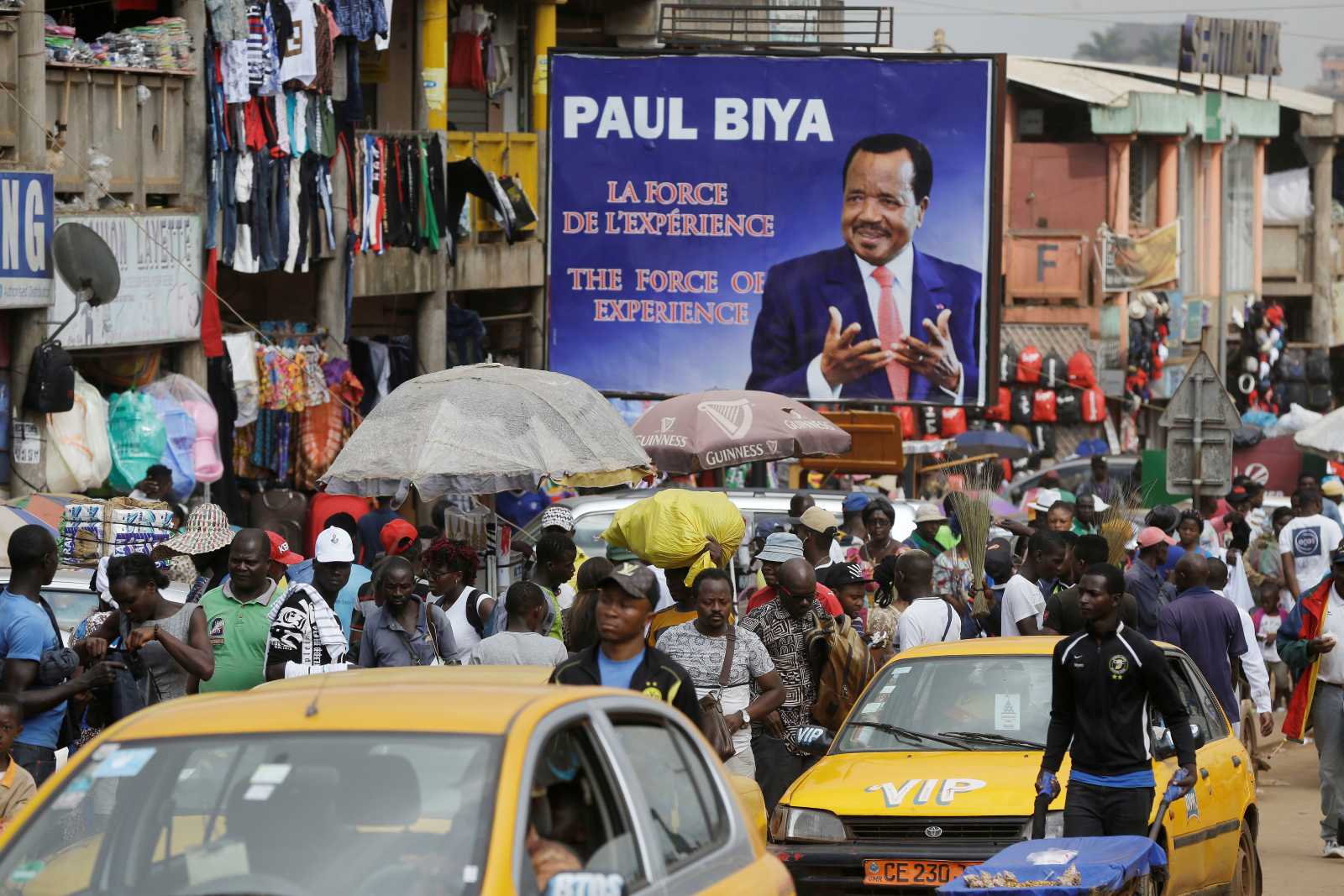Fashion industry
How Ibadan’s fashion designers are coping with rising costs
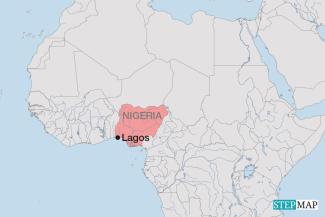
In Ibadan’s bustling Bodija Market in Nigeria, Adeola Ogunleye adjusts a mannequin outside her shop. Her display once attracted five customers daily, but today, she waits hours for a single inquiry. “People still want to look good, but food prices leave little for clothing,” she explains, her voice tinged with resignation. This quiet struggle echoes across one of Nigeria’s largest cities, where fashion artisans navigate an economy strained with inflation.
Ibadan’s designers face a triple burden: rising material prices, increasing energy costs and shrinking demand. The prices for dull face fabric, taffeta and thread packs now have increased significantly, some have even doubled or more since 2023 . Customers who once ordered seven outfits monthly now request one or two, prioritising food and transportation expenses, Ogunleye says.
Traders at Dugbe Market, one of Ibadan’s largest fabric trading hubs, also lament the unprecedented price hikes. Rita Nwokorie, a fabric vendor, shakes her head in frustration. “Last year, a yard of quality Ankara fabric was about 3000 Nigerian Nairas (₦) (around € 1.70). Now, it sells for over ₦ 7000 (around € 4.00). Customers complain, but what can we do? We buy at high costs too.”
Another designer, Yvonne, laments: “Profit margins have nearly disappeared. I charge old prices to keep loyal clients, but my family eats simpler meals now”. This sentiment is echoed by designer Michael Olorunfemi, who adds: “Things are not like before. People are not coming to buy clothes like they used to. Sales have dropped so much that nowadays, we clothiers just come to the market to look at ourselves because there are very few customers passing by.”
In response to these hurdles, many designers in Ibadan have adopted innovative strategies to stay afloat. Some are switching to locally sourced materials to reduce dependency on expensive imports. Adekunle Ojo, a men’s fashion designer in Bodija, explains: “I now work more with local adire and aso-oke because they are more affordable than imported fabrics. Customers are beginning to appreciate indigenous designs more.”
Others are leveraging technology and digital marketing to cut operational costs. Social media platforms like Instagram and TikTok have become crucial tools for reaching clients directly. “I host live sales and showcase my collections online,” says Ijeoma Anene, a designer based in Ring Road. “It saves me rent costs and allows me to interact with customers from different parts of the city and beyond.”
The crisis is therefore reshaping social traditions. Families reuse outfits or rent clothes. Synthetic blends replace cotton; patchwork designs are being used to make the most of limited fabric. Despite the hardships, optimism persists. Cooperatives like the Ibadan Fashion Designers negotiate bulk material imports and train members in sustainable techniques. “We are not just stitching clothes; we’re also stitching community,” says Funmilayo Fakolujo, a member of the cooperative.
Oluwatoyosi Asunmo is a fashion entrepreneur at CREGO House and a population health research analyst based in Nigeria.
ifeoluwapo19@gmail.com

